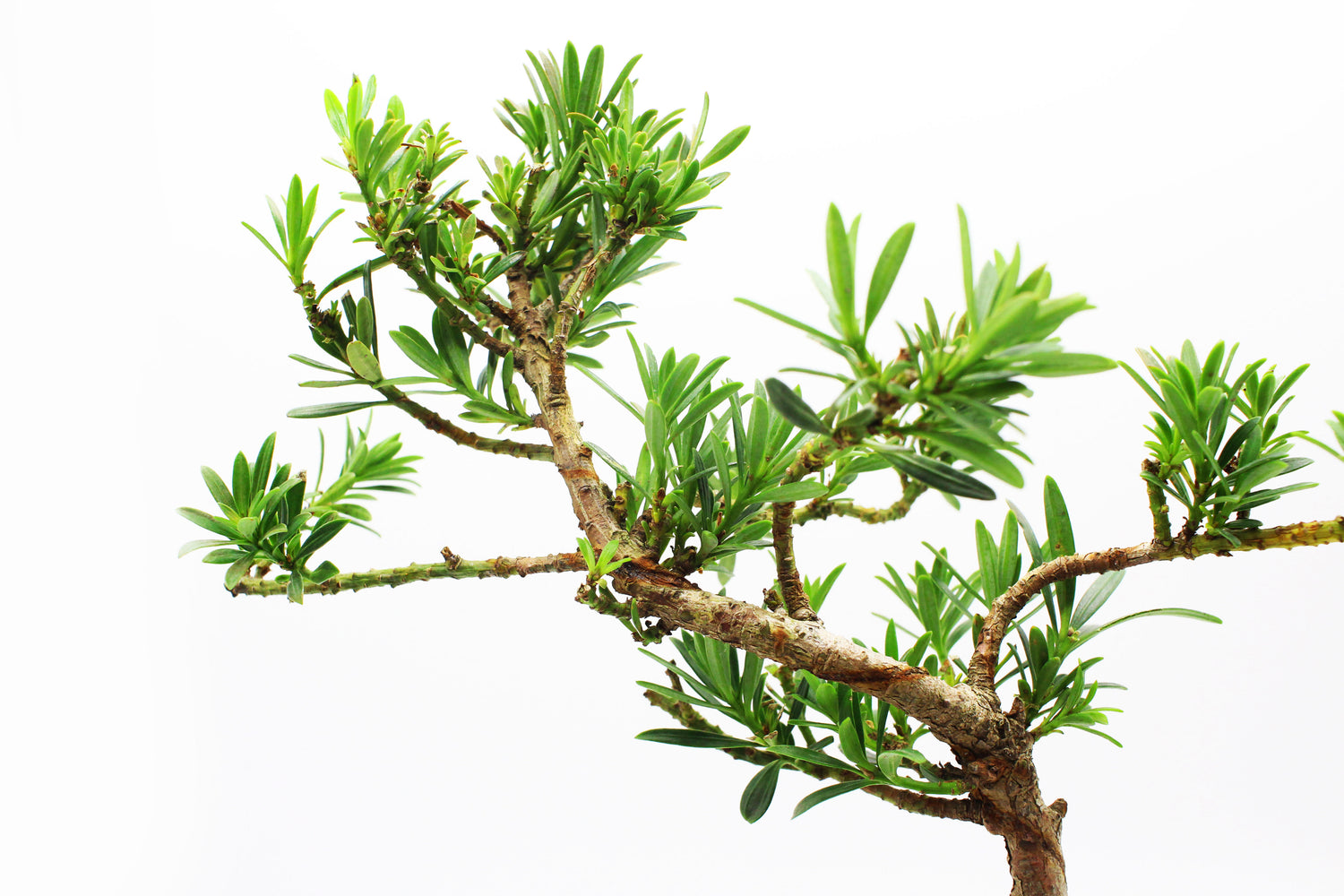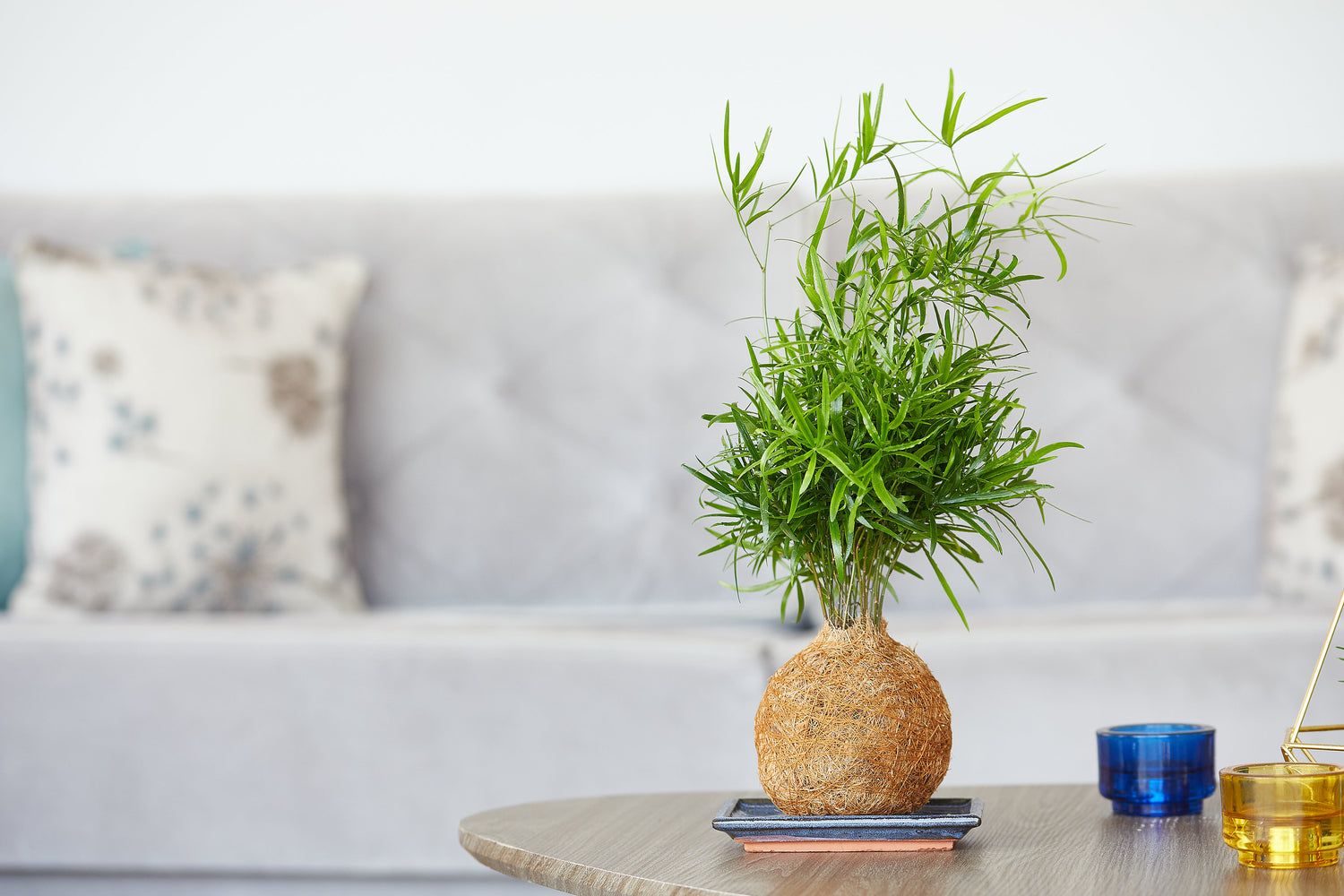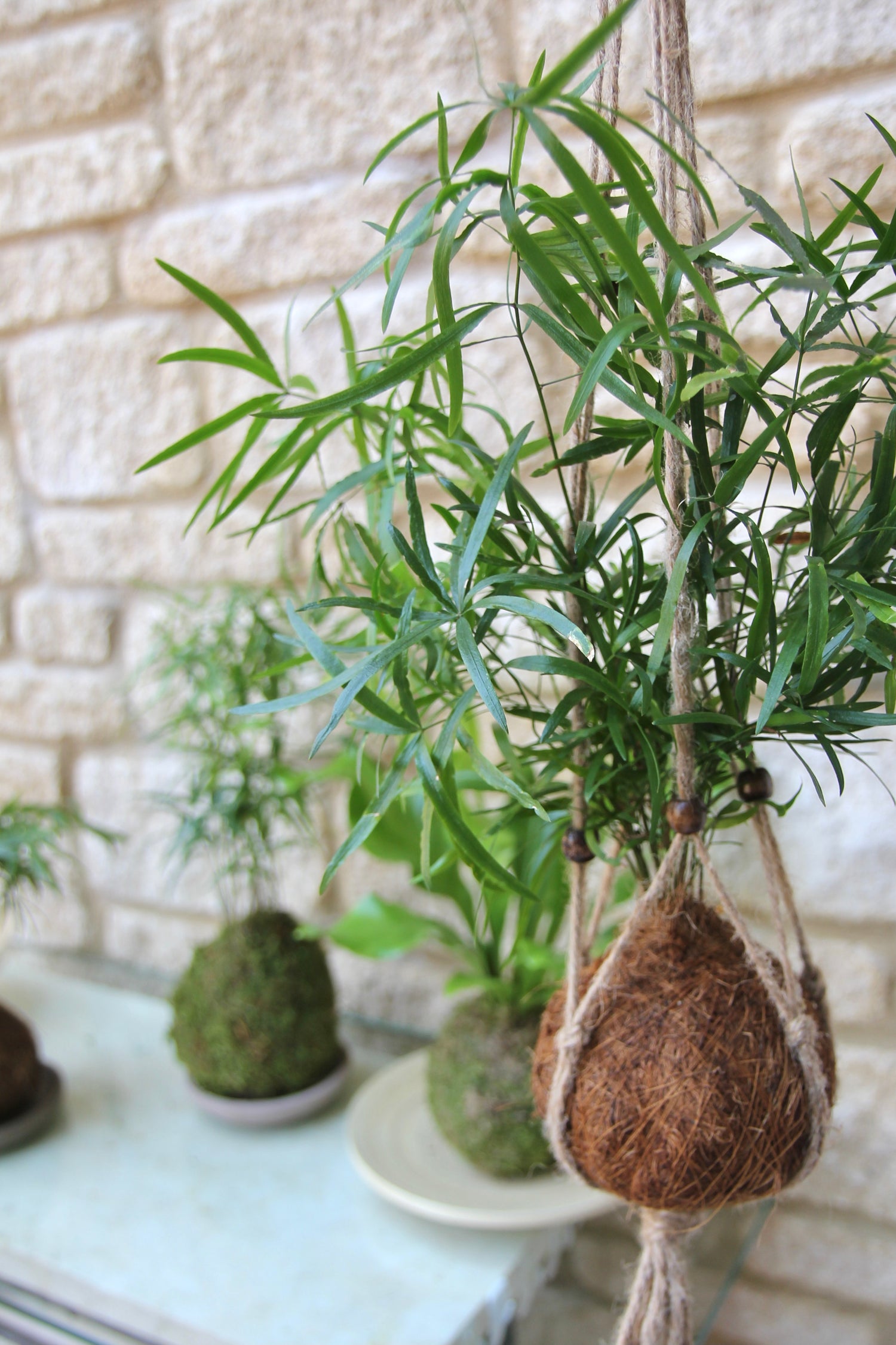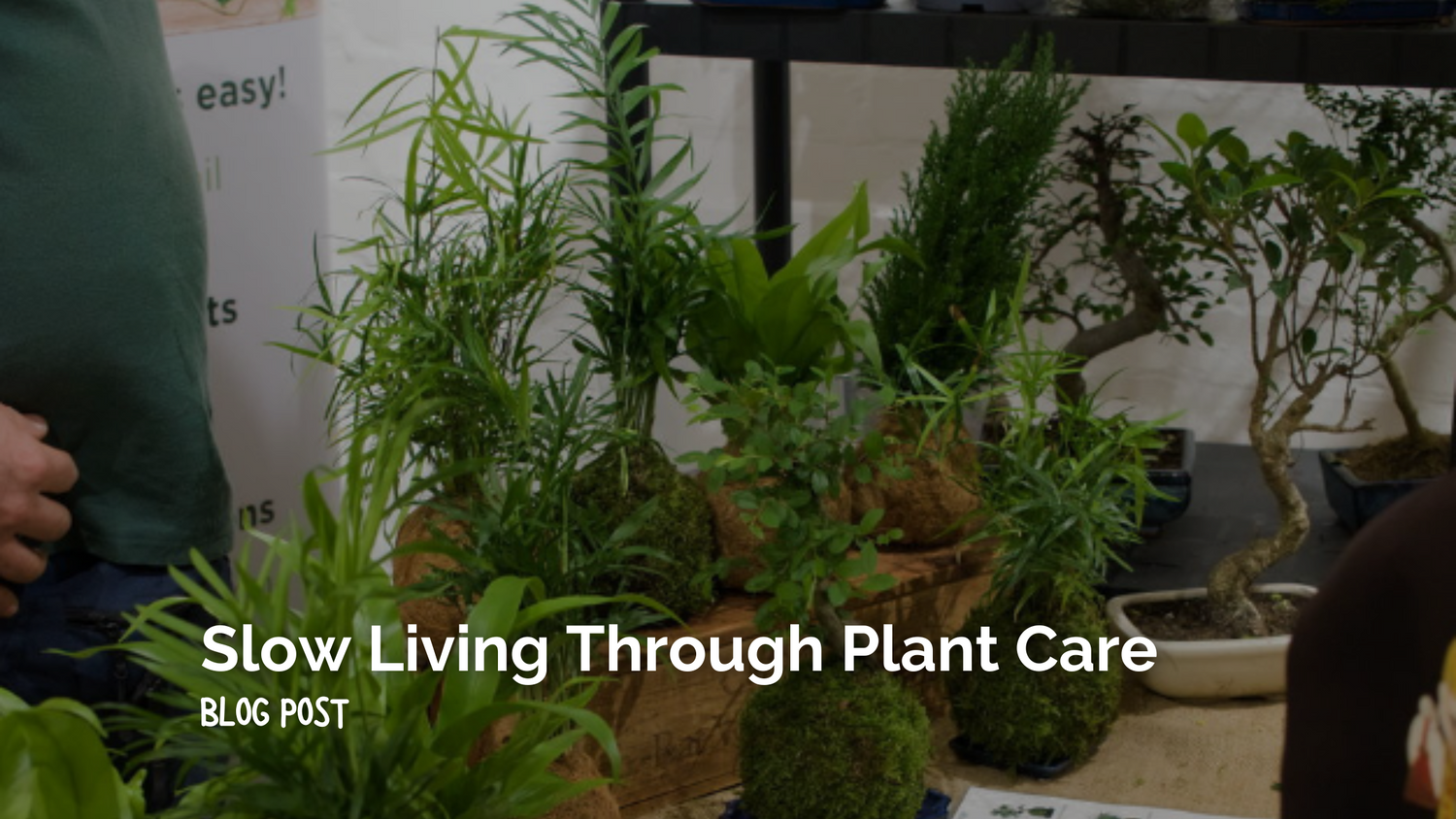Plants (especially Tranquil Plants) don’t ask for too much attention from their owners, but all plants are affected in some way by winter changes. It is advisable to look out for and expect some specific symptoms, and combat them with the green-fingered wisdom explained in the following six points. In general, most houseplants are less active in winter months. This is because the days are shorter and so there is less light for the plant to feed on. Some plants even go completely dormant! (For example, most trees in the winter appear dead with their leaves completely gone, but in reality they are just ‘hibernating’).
The six major tips on caring for your house plants in the winter are as follows:
-
Water your plants a little less. Plants need less water in the winter months because, as explained earlier, they do not grow so much. Finding it difficult to tell when to water them? With moss ball plants there is always the natural barometer - weight - to tell if you need to water your plant. Simply lift it up. If it feels light and it’s been over a week then it probably needs watering. Over time you will get used to the weight of the plant when it is watered, and you will be able to know easily when it needs more hydration. Also, bear in mind that some plants are thirstier than others! For example, dragon plants need to be watered only every week and a half or so, whereas other plants need to be watered more. Check out the product page for the specific information on your plant. Start watering more regularly again in the spring.
-
If you have succulents, they may only need a drink once or twice a month. As succulents come from drier climates, they generally need very little water to sustain themselves; in winter this becomes even more applicable (unless your heating is on a hundred degrees).
-
Don’t feed your plants. Because they are essentially sleeping, it’s best to wait until spring until you next fertilise your houseplants. It just upsets their natural cycle to feed them during the winter. Would you wake up in the middle of the night and have a meal to fuel your sleeping session? Hopefully not! The same applies with plants.
-
Increase your home humidity. Plants generally enjoy about 50% humidity level, but in the winter it can drop to about 10-20% in a lot of homes. Remember to spray your plants every day to help humidify the air around them, but this is only short-term. Longer-term tips on increasing humidity are: clustering your plants together as the moisture is shared between them all, keep them in a humid room such as the bathroom or kitchen (or a room in which you keep a humidifier), and keep them away from radiators —it is best to do this in general anyway. If a plant is sitting right next to a radiator it is only a matter of time before it dries out and dies.
-
Wipe the dust off leaves. This should also be done in the summer. Dust on leaves causes sickness in the plant and prevents what little light there is in the winter from nourishing it. In order to clean plants with small leaves, such as asparagus ferns, give it a quick shower with a water sprayer.
-
Remember to snip off any dead leaves. Especially in bonsai, it is a frequent occurrence to get brown leaves. This is totally natural, so don’t be worried about it; just brush them off the plant and they should come off easily. If the plant has many yellow leaves then this is probably a sign that it is not getting enough light — again, a common symptom in winter, but not to be worried about. Try to put the plant in a place which gets as much light as possible such as a south-facing window (but if it’s right above a radiator and/or the window is draughty then avoid that particular place).
With these six effective points, your houseplants should last the winter and come back even stronger in the spring! For more information and FAQs on plant care visit out FAQ page, general care guide and bonsai care guide online.







